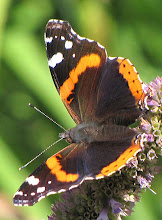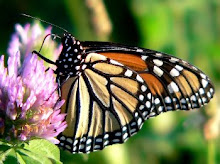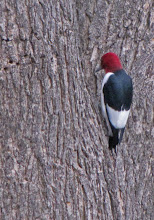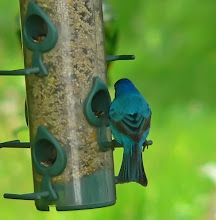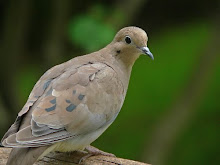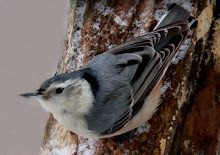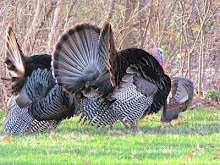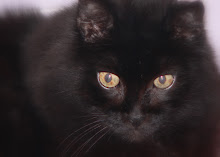Every garden needs butterflies. Flowers with wings.
My father gave me a beautiful book on butterflies. Now I can identify most of the common varieties I see in my garden.
(Below a Monarch on red clover in my pasture. This butterfly migrates to Mexico during the winter months. Imagine the distance it fies.) Thou didst not know,
Thou didst not know,
who tottered, wandering on high,
That fate had made thee for the pleasure of the wind,
With those great careless wings.
~ Robert Frost
(Below an Atlantis Fritillary on rudbeckia in my garden. The caterpillars feed on violets) On my walk today,
On my walk today,
I saw a butterfly.
Delicate and free,
I watched it flutter by!
Flitting here and there,
to sample Nature’s best.
Constantly in motion-
determined in it’s quest
to find the sweetest nectar;
though it didn’t linger long.
Elusive, this must be,
for it paused for just a moment,
then was gone.
~ June Kellum
(Cabbage White Butterfly introduced to North America in 1860 it had spread throughout most of the US by 1886. This is one of the most common in my area. My salvia and agastache are alive with fluttering white wings.)
 Butterfly Laughter
Butterfly Laughter
In the middle of our porridge plates
There was a blue butterfly painted
And each morning we tried who should reach the butterfly first.
Then the Grandmother said: "Do not eat the poor butterfly."
That made us laugh. Always she said it and always it started us laughing.
It seemed such a sweet little joke. I was certain that one fine morning
The butterfly would fly out of our plates,
Laughing the teeniest laugh in the world,
And perch on the Grandmother's lap.
~ Katherine Mansfield
 Thou didst not know,
Thou didst not know,who tottered, wandering on high,
That fate had made thee for the pleasure of the wind,
With those great careless wings.
~ Robert Frost
(Below an Atlantis Fritillary on rudbeckia in my garden. The caterpillars feed on violets)
 On my walk today,
On my walk today,I saw a butterfly.
Delicate and free,
I watched it flutter by!
Flitting here and there,
to sample Nature’s best.
Constantly in motion-
determined in it’s quest
to find the sweetest nectar;
though it didn’t linger long.
Elusive, this must be,
for it paused for just a moment,
then was gone.
~ June Kellum
(Cabbage White Butterfly introduced to North America in 1860 it had spread throughout most of the US by 1886. This is one of the most common in my area. My salvia and agastache are alive with fluttering white wings.)
 Butterfly Laughter
Butterfly Laughter In the middle of our porridge plates
There was a blue butterfly painted
And each morning we tried who should reach the butterfly first.
Then the Grandmother said: "Do not eat the poor butterfly."
That made us laugh. Always she said it and always it started us laughing.
It seemed such a sweet little joke. I was certain that one fine morning
The butterfly would fly out of our plates,
Laughing the teeniest laugh in the world,
And perch on the Grandmother's lap.
~ Katherine Mansfield
(Tiger Swallowtail, exquisitely beautiful. The caterpillar feeds on the leaves of willow, cottonwood, wild cherry and poplar)

"You will be most successful if you remember
these simple rules: go slow, go low,
approach from behind, and don't cross
the butterfly with your shadow."
Butterflies do not believe in eclipses.
They believe in twilight and dusk and motion
as slow as the accumulation of dew and nectar.
They become very cross with uninvited gloom.
"Also avoid being silhouetted against the sky
in the butterfly's line of sight. If you keep low
against a background of trees or shrubs, you will be
less obvious to the insect." Elmer Fudd on tiptoe
to the tune of pizzicato ...
~ Tina Kelley
(A pair of Tiger Swallowtails nectaring on my Volcano Phlox--a very good reason to try one of these plants. )
(Another very common butterfly in my area is the Silver Spotted Skipper. It feeds on locust which are very prevalent. It seems to do best among houses and gardens where people live. It often flies close inspecting anything that comes into its range. This one enjoys the red clover in the pasture.
 rocking gently on the waves...
rocking gently on the waves...of fairy wings and butterflies
to sleep, to dream of worlds
beyond the lights we see___
~Melanie Bishop
(Apologies for this poor photo. I don't see these Mourning Cloaks often and this one was very shy. Folklore legend says the larva of these butterflies is venomous--untrue of course. Mourning Cloaks are large butterflies with wingspans of over 3-inches. The adults feed on oak sap and occasionally rotting fruit. Most overwinter in this area.)
 For information on butterfly gardens:
For information on butterfly gardens:University of Illinois
May the wings of the butterfly kiss the sun.
And find your shoulder to light on.
To bring you luck, happiness and riches.
Today, tomorrow and beyond.
~ Traditional Irish







